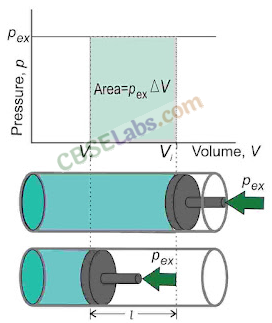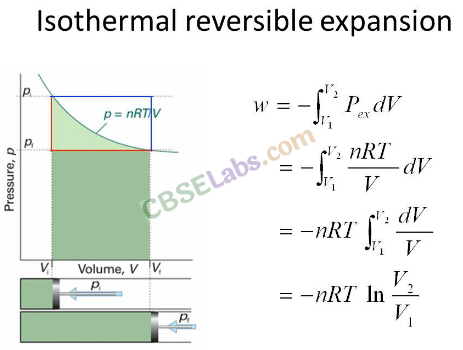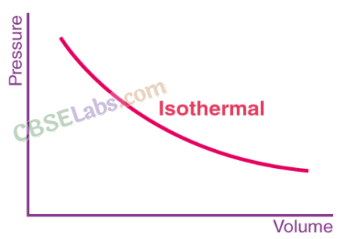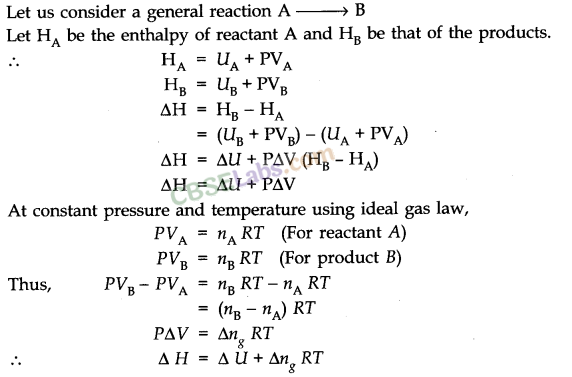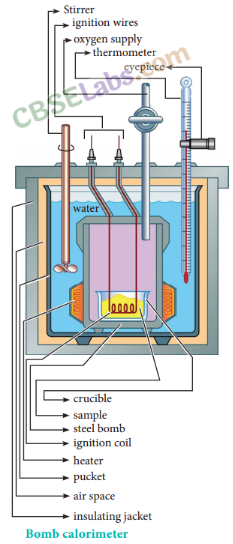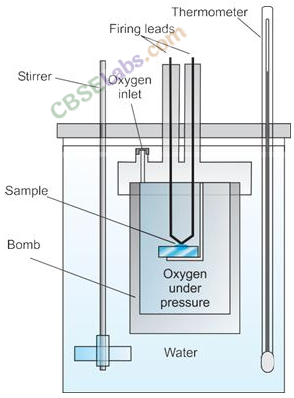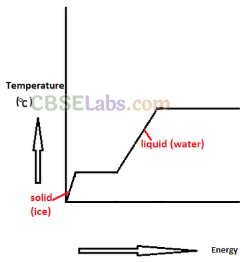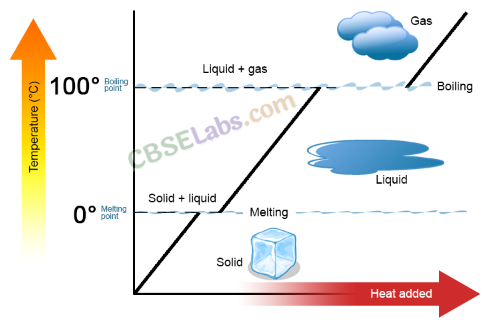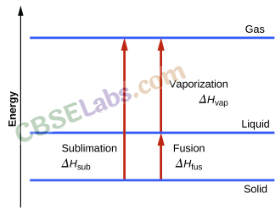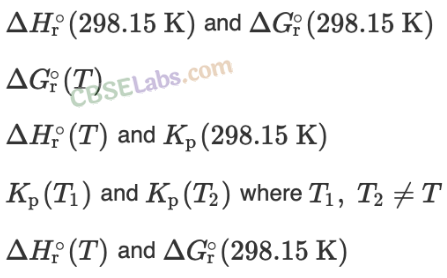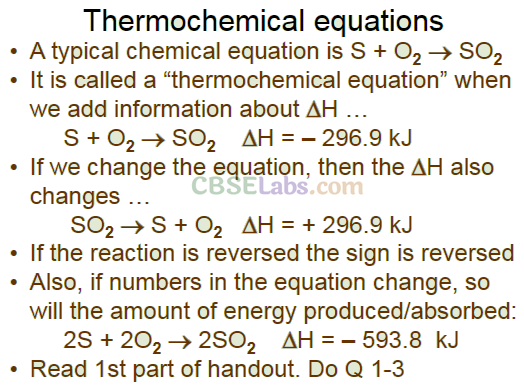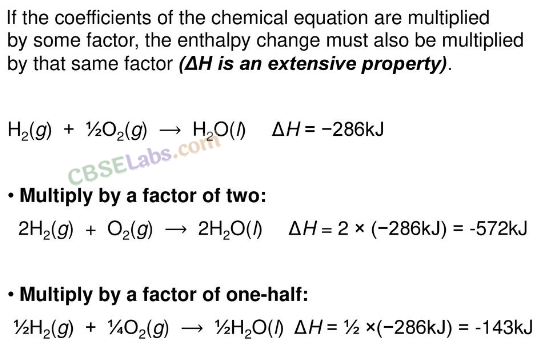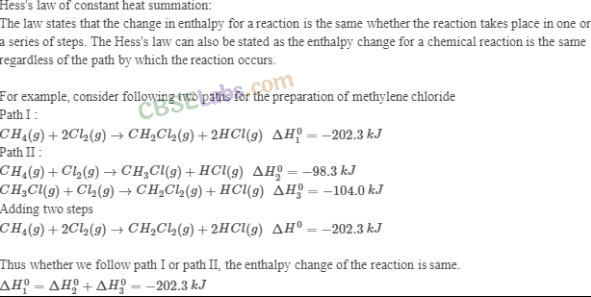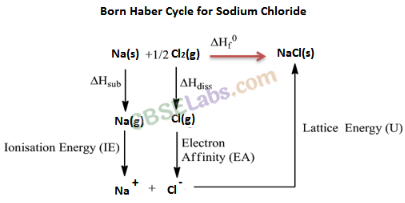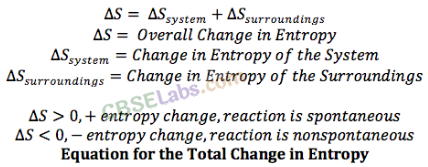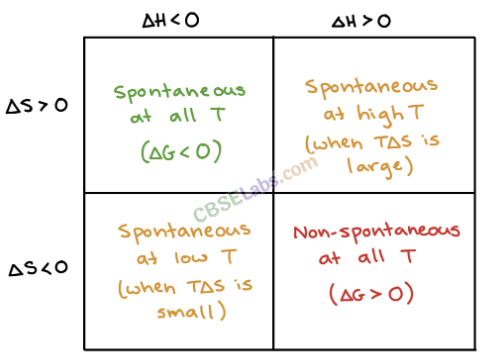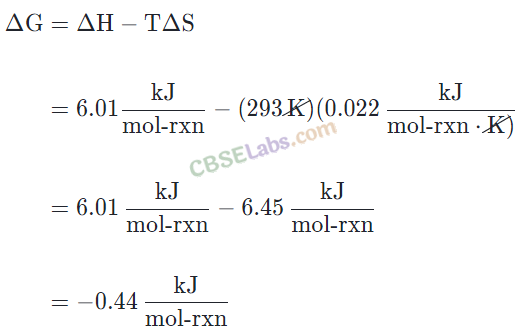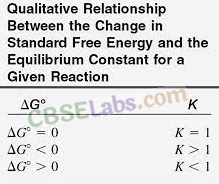INVESTIGATORY PROJECT OF
“preparation of soap and their cleaning agent”
Guided by:
Submitted
by:
CERTIFICATE
This
is to certify that
Master………………………………..………………………………..…………………………………a
student
Of
class 12 XII science has successfully completed the project “preparation of
soap and their cleansing agent” under guidance of Mr. MUKESH KR. BABELE( PGT-CHEMISTRY).
During the academic year 2020-21 in partial fulfillment of chemistry practical
examination conducted by AISSCE,DELHI.
SIGN
OF EXTERNAL EXAMINER::
SIGN
OF SUBJECT TEACHER::
SIGN
OF PRINCIPAL::
ACKNOWLEDGEMENT
First of all I am immensely indebted to
almighty god for his blessings of and grace without which I could not have
undertaken this task and my efforts would never have been success.
I
would like to sincerely and profusely thank MR. MUKESH KUMAR BABELE
For the valuable guidance, advice and for giving useful suggestions and relevant
ideas facilitate and easy and early completion of this project.
This
guidance and support received from my entire classmates who contributed and who
are contributing to this project, is vital for the success of this project. I
am greatful for their constant support and help.
I
also owe sense of gratitude to my parents for encouragement and support
throughout the project.
SIGNATURE OF
STUDENT::
CONTENTS
|
SR.NO. |
TITLE |
|
1 |
AIM |
|
2 |
INTRODUCTION |
|
3 |
MICELLE |
|
4 |
TO PREPARE
SAMPLE OF SOAP |
|
5 |
PROCEDURE |
|
6 |
PROPERTIES |
|
7 |
HARD WATER
REACTION |
|
8 |
THE UNIVERSE OF
DIFFERENT TYPES OF SOAPS |
|
9 |
BIODEGRADABLE
AND NON BIODEGRADABLE |
|
10 |
DIFFERENCE
BETWEEN SOAP AND DETERGENTS |

TO STUDY THE
PREPARATION OF SOAP AND THEIR CLEANSING AGENT
INTRODUCTION
In
chemistry, soap is a salt of a fatty acid. Soap are mainly used as surfactants
for washing, bathing, cleaning .
Fats and
oils are composed or triglycerides; three molecules of fatty acids are attached
to a single molecules of glycerol. The alkaline solution, which is often called
lye, brings about a chemical reaction as saponification .
They have a
polar end which is hydrophilic (water
loving) and a long non-polar chain which is hydrophobic (water hating). As a
consequence, they can form emulsion by suspending oil in water.
FATTY END OF WATER SOLUBLE END
CH3-(CH2)n-COONa
Soaps are
useful for cleaning because soap molecules have both a hydrophilic end, which
dissolves in water, as well as hydrophobic end, which is able to dissolve
non-polar grease molecules.
MICELLE
Micelles
is an aggregate of surfactant molecules disperse in a liquid colloid.
In
an aqueous solution, molecules having
polar or charged or group and non polar regions (amphiphilic molecules) from aggregate called micelle. In
a micelle, polar or ionic heads from an outer shell in contact with water,
while non-polar tails are sequestered in the interior.
Hence,
the core of a micelle being formed of long non-polar tails, resembles an oil
gasoline drop. The number of amphiphilic molecules forming the aggregate is
called aggregation number ; it is a way to describe the size of the micelle.
TO
PREPARE SAMPLE OF SOAP AND TO EXAMINE ITS PROPERTIES::
EQUIPMENT’S:-
*250ml
beaker
*sodium
hydroxide(20% solution)
*100ml
beaker
*ethanol
*wire
gauge
*saturated
solution of sodium chloride
*laboratory
burner
*CaCl
(5% solution)
*glass
stirring rod
*MgCl2
(5% solution )
*test
tube and FeCl (5% solution)
*filter
flask and burner funnel
*kerosene
and filter paper
*cooking
oil and graduated cylinder
*watch
glass to extinguished ethanol flames
PROCEDURE:-
1.Measure 20 gm of cooking oil into a
250ml beaker. At 20 ml of ethanol and 25ml of 20% NaOH solution. Stir the
mixture in the beaker, place the beaker on wire gauge on a rings stand and heat
gently.
2. Heat until the odor disappears.
3. Turns of the burner and allow the
beaker to cool down
4. move it safely to bensetop
5. At that 100ml of saturated NaCl
to your soap preparation and stir the mixture thoroughly.
6. It is used to remove the soap from
water, glycerol and any excess NaOH present.
7. Filter of the soap with vacuum
filtration apparatus and wash once with ice water.
8. Weigh your dried soap and record
the weight.
PROPERTIES
WASHING PROPERTIES
Take
a small amount of soap and try to wash your hands with it. It should lather
rather easily if soft water or deionized water.
EMULSIFICATION
Put
5-10 drops of kerosene in test tube containing 10ml water shake to mix.
Emulsification or suspension of tiny oil droplets in water from formed ..let
this stand for a few minutes.
Prepare
a another test tube with the same ingredients and also add a small portion (1/2
gm)of your soap. Shake to mix, compare the relative stability of the two
emulsion.
HARD WATER REACTION
Take
1g of your soap and warm it with 150ml of water in a 100ml beaker.
When
you have obtained a reasonably clear solution. Pour about 15ml into each of
three test tubes.
Test
one of the three test tubes with 10 drops of 5% CaCl2 solution, one with 10 drops
of 5% MgCl2 solution and one with 10 drops 5% FeCl3 solution.
Let
these solution stand, then make your observation.
BASICITY:- Soap with free alkali can
be very damaging to skin, silk or wool.
It’s test
Dissolve
a small piece of your soap in 15ml of ethanol and then add two drops of
phenolphthalein. It the indicators turns red, the presence of free alkali is
indicated.
It
the indicators turns red, the presence of free alkali is indicator.
·
Fats and oils are hydrolyzed with a high pressure to yield
crude fatty acids and glycerols.
·
The fatty acid are then purified by distillation and
neutralized with an alkali to produce soap and water.
·
Fatty acid + NaOH > glycerol + sodium soap
·
Sodium soaps are “hard” soap
·
The more saturated the oil (tropical vegetables oils such as
coconut oil), the harder the soap.
Fatty acid + KOH > glycerol + potassium soap
Potassium soap are softer and are found in some liquid hand
soap and shaving cream.
BIBLIOGRAPHY
I
would like to acknowledge the following sources through which I obtained vital
information which contributed in the completion of this project:
I.
slideshare.com
II.
wikipedia.org
III.
icbse.co.in
IV.
scribd.com

